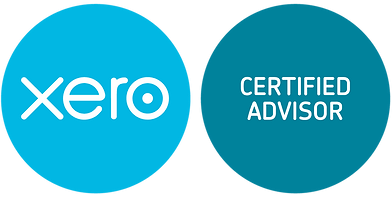Wouldn’t it be nice if, instead of finding and reaching out to prospective customers all the time, they actually came to you?
Inbound marketing involves creating content and experiences to generate organic leads rather than reaching out using ads or cold calls. When done right, inbound marketing can be a powerful and cost-effective strategy that delivers a steady stream of new prospects right to your door.
Of course, there is a catch: inbound marketing requires time, forethought and a careful strategy. It doesn’t always deliver instant results in the same way that traditional advertising or outreach does, but it is worth the effort. According to research by HubSpot, inbound marketing creates 54% more leads than traditional outbound marketing and it continues to drive leads in the long-term.
With that in mind, let’s take a look at four ways to develop an effective inbound marketing strategy.
1) Identify Your Ideal Customer
Your ideal client or customer should be at the heart of each piece of marketing you create. Your content simply won’t land if you don’t know who you’re talking to. You need to really hone in on your target so that you can hit the bullseye.
For example, the kind of material you would create to speak to small cafe and restaurant owners differs vastly from what you would create in order to target C-level executives.
The clearer you are on your target audience, the easier it will be to create relevant content that is helpful to them.
2) Create the Right Message
In order to devise an effective inbound marketing strategy, you need to create a message that really resonates with your target audience, and the results that you want to see from that message. Are you looking to build trust and authority, or do you want to encourage your audience to sign up for a free trial of your products or services?
Before you start creating content or organising events, you need to get super clear on what you’re trying to say and what you are trying to accomplish in the process. This will help you to create more precise, and thus more effective, marketing.
3) Decide Which Type of Content You Are Going to Create
There are many different types of content that can help you to create an effective inbound marketing strategy, including:
- Blogs
- Emails
- Videos
- Social media posts
- Social media stories
- eBooks
- Podcasts
- Case studies
- Webinars
In an ideal world you would be able to harness all of these mediums to create organic leads, but that may be too much of a stretch when you’re just starting out.
Think about what you are trying to achieve and the audience you are speaking to. For example if you have an eCommerce clothing store that targets women aged 16-25, Instagram would be a perfect channel to speak to this audience and create great visual content that showcases your pieces. However, if you’re a consulting firm targeting small business owners, sharing your expertise via blog posts and podcasts may be a better way to reach your intended audience.
4) In House vs Outsourcing
When creating an inbound marketing strategy, it’s important to think about who is going to handle content creation and distribution. You may want to hire new in-house team members, or you could hire freelancers or an agency.
Hiring an agency or freelancer is a cost-effective way to handle inbound marketing and it offers more flexibility, too. However, it’s important to hire someone who really understands your brand and what you want to achieve. Therefore, for some businesses, it may be worth hiring an in-house content marketing expert to ensure brand consistency.
Summary
By identifying your ideal customer, creating the right message and distributing it across the right platforms, you can create an effective inbound marketing strategy that delivers a steady stream of organic leads to your business. Of course, inbound marketing is time-consuming, so it’s important to decide who will handle this process, whether it’s an in-house team member or an outsourced freelancer or agency. There is no one-size fits all approach to inbound marketing but these four simple steps will help you create the right approach for your unique business.


